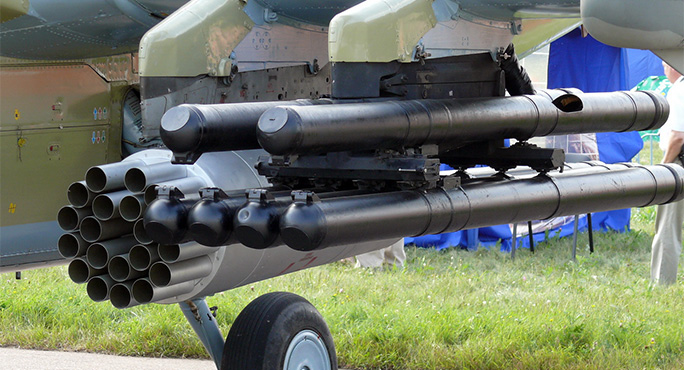The next step for laser weapon research
The thing that breaks the glass on a cold table is fast temperature change. The thing that makes the next-generation laser weapons more effective than ever before. The system can use lasers to warm up targets. And then the system can use Bose-Einstein condensates to cause temperature changes. The fast decrease in temperature can break the structure.
Laser weapons are tools that can be effective against drone swarms. And this is why investments in that technology are rising.
The thing that destroys objects is the end of the energy pump. The idea is this: energy that is pumped into objects starts to travel into their environment, and that thing rips material into pieces. Laser rays pump extra energy into the target, and that energy forms a high-energy point where energy waves start to travel to the edge of the material. If the impulse is high enough, the expanding wave takes atoms and molecules with it.
In the most powerful systems, the laser beam should create a bubble around the object. First, regular lasers will heat the object. And if the energy level of those pulses is high enough, that thing could make a warp bubble around the object.
"In the Basel experiment, a laser beam is directed onto a membrane (square in the middle). Using the reflected laser light, delayed by a fiber optic cable (violet), the membrane is then cooled down to less than a thousandth of a degree above absolute zero. Credit: University of Basel, Department of Physics" (ScitechDaily.com/Approaching Absolute Zero: Scientists Use Lasers To Cool Small Membrane)
The next-generation laser weapon could be a combination of laser weapons and regular missiles. First, the laser makes objects very hot. And then the rocket will shoot Bose-Einstein condensate around the object. That thing makes energy flow out of those objects very fast, breaking their structure.
Researchers used laser rays to decrease the temperature of one small plate. Maybe laser rays can also shoot through fullerene balls. That system can make it possible to create lots of Bose-Einstein condensate. And the modern laser weapon can operate that laser to heat objects. Then the system will shoot Einstein-Bose condensate in the form of fullerene balls to the route of those flying objects.
The most effective solutions are in situations where the system creates around the high-temperature objects a very low-energy area. And then that area pulls energy out of the object very quickly.
There are two versions of the model showing how a laser weapon should give energy to its target.
One is a high-power laser impulse that is given once. Or multiple, lower-energy laser impulses are given to the target. The problem with a laser weapon is that its energy level cannot be too high, or the laser element will overheat.
One of the ways to increase the power of a laser weapon is to conduct Bose-Einstein condensate around the targeted object. This process will be done using a two-stage model. The first laser system pumps energy into the targeted object.
And then the Bose-Einstein condensate will be released around the heated object. This thing should make energy travel out of the object very fast. In that case, energy travels out of the object very quickly. And that energy flow breaks the material structure in the object.
https://breakingdefense.com/2023/08/laser-weapons-finally-seeing-real-progress-missile-defense-agency-official-says/
https://scitechdaily.com/approaching-absolute-zero-scientists-use-lasers-to-cool-small-membrane/







